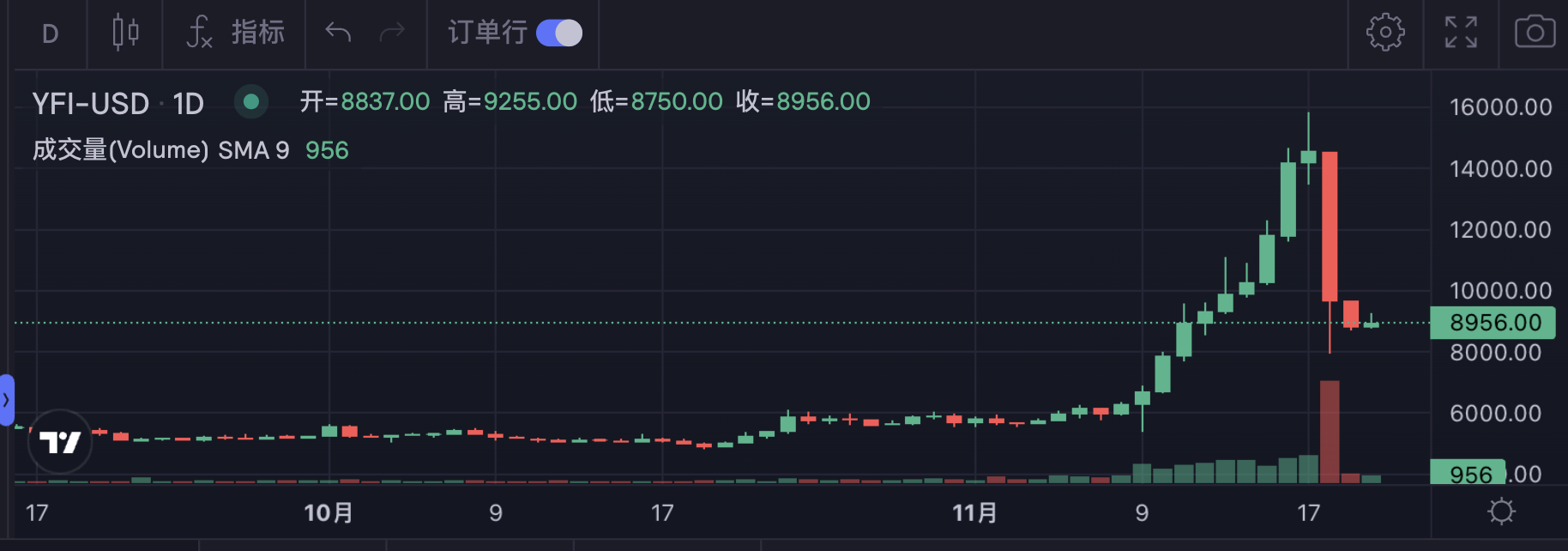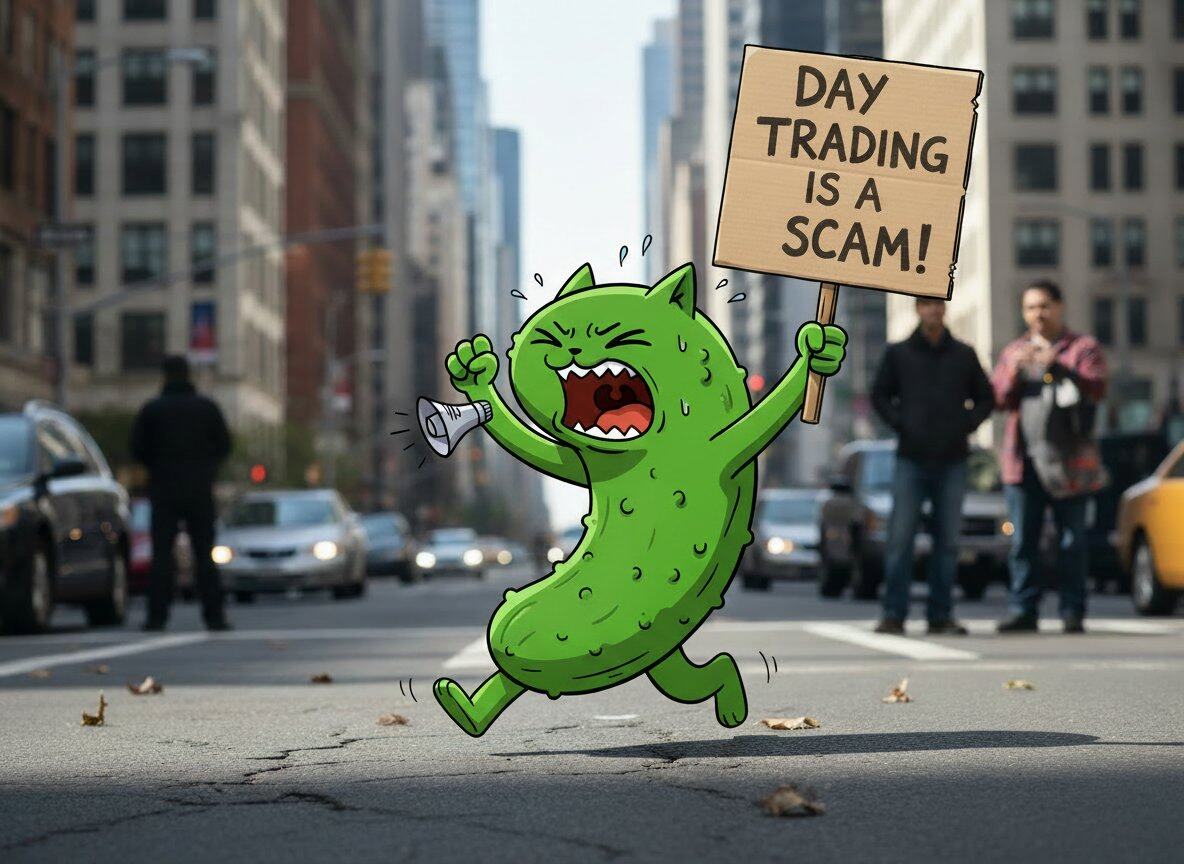Review of YFIs plunge and dYdX liquidation and liquidation incident: these six points are worth paying attention to
Last weekend, the biggest story that happened in the chain world, which can also be called an accident: the dYdX attack incident.
YFI posted a drop of about 45% in one day. The plunge affected long positions on dYdX, causing a series of liquidations of positions on dYdX, with nearly $38 million in funds liquidated.
Due to the rapid decline this time, there was a funding gap, and dYdX paid a price of US$9 million.
After this incident, there were mixed reactions from all parties, including dYdX and the community.
Odaily sorted out 6 key issues surrounding this incident.
How do market changes occur?
dYdX market data shows that YFI has continued to rise since the beginning of this month. Before this incident, the price of YFI had increased by more than 200% in this round of increases.

On November 18, Yearn.finance (YFI) made an unexpected move. YFI price fell 45% in a matter of hours, from $14,500 to $8,300, swallowing up recent gains. More than $250 million in market value was wiped out, with the market cap falling from $525 million to $275 million.
Amid this dramatic decline, dYdX user positions also suffered a huge series of liquidations.
On-chain data shows that nearly half of the entire supply of YFI is held in 10 wallets. Therefore, some people believe that this plunge was manipulated by insiders.
Lookonchain monitoring shows that an anonymous user deposited a large amount of USDC into dydx from multiple addresses, and is suspected of performing long operations on YFI. When the price of YFI reached its highest point on November 17, it was speculated that this user may have closed the long position and opened the short position. The support for this speculation is that the user withdrew a large amount of profits from dydx after the price crash on the 18th.
Previously, on November 1, the price of SUSHI fluctuated violently. This anonymous user had used the same method to try to make profits by manipulating the price of SUSHI.
Data platform Arkham said that typically YFI’s trading volume on dYdX is very low. This also shows that the liquidity of the token is not sufficient, and the price is easily manipulated in the face of a large amount of funds.
How did the $9 million liquidation gap arise?
As we all know, when a user performs a buy/sell operation, there must be an opposite counterparty performing a sell/buy operation. Liquidation, as a transaction operation forced by the system, naturally follows the logic of ordinary transactions.
And when the market is in a rapidly changing extreme market, the liquidated sell/buy may face a sudden drain of liquidity, and the transaction lacks sufficient counterparties. Just imagine, if an underlying price drops to $100, the users position needs to be sold at the current price to be successfully offset, but before the selling action is completed, the price has continued to fall to $90. This is At this time, the net asset value held by the user becomes negative.
Previously, Odaily reportedMango attackThat is similar to it.
Attack or Trade?
After the dYdX liquidation occurred, dYdX founder Antonio Juliano posted on social platforms that the open interest in YFI on dYdX soared from US$800,000 to US$67 million in a few days. Before the price of YFI plummeted, dYdX had increased YFI’s initial margin ratio, but this failed to prevent events from happening.
Antonio pointed out that this is obviously a targeted attack on dYdX, including market manipulation of the entire YFI. He also said that in response to these incidents, dYdX will work with multiple entities to conduct a comprehensive investigation to uncover the details of the alleged attacks. The goal is to maintain transparency with the community regarding the findings.
What is intriguing is whether it is reasonable to define this behavior as an attack? Similar to discussions after the previous Mango hack, there is a view in the community that transactions from the open market do not necessarily qualify as attacks.
For the attacker, this behavior can undoubtedly be called market manipulation. However, in the absence of technical hacking behaviors such as system intrusion, vulnerability exploitation, and private key theft, it is controversial whether this alternative manipulation method can be called an attack.
How does the dYdX insurance fund work?
After this incident, a key point discussed in the community was whether the use of insurance funds was reasonable.
dYdX official documentation shows that if a user account becomes insolvent, such accounts must be dealt with immediately to ensure the solvency of the entire system. And the users balance is already negative, how can it pay for the loss? The insurance fund therefore serves as a backstop for liquidation in extreme circumstances.
The existence of insurance funds maintains the solvency of the system. When the account will be liquidated, the insurance fund will cover the loss. In the official documentation, dYdX also gave a clear explanation for this: Insurance FundNot decentralized, the dYdX team will be directly responsible for the deposit and withdrawal of funds.
The team also stated that some aspects of the fund may be decentralized in the future, but in the initial stages, the first priority will be to ensure that insolvent accounts are dealt with promptly.
What happens if the insurance fund is depleted?
Currently, dYdX official data shows that after the payment of approximately US$9 million in insurance funds, the insurance fund still has US$13.86 million remaining, which is only enough to withstand another similar event of the same level as the YFI Incident.
If the insurance fund is depleted, the positions with the highest profits and leverage can be used to offset negative balance accounts to maintain the stability of the system. Deleveraging is a socialized loss mechanism that requires profitable traders to contribute part of their profits to offset insolvent accounts.
After deleveraging occurs, the most leveraged accounts will be deleveraged first. Specifically, the platform will automatically force the reduction of a portion of traders’ positions and prioritize accounts with high-profit and high-leverage combinations, using their profits to offset insolvent accounts.
In view of the significant impact of deleveraging on users, deleveraging is only used when the insurance fund has been exhausted.
Who is the next dYdX?
dYdY’s public statement on this incident stated that “dYdX now prohibits high-profit trading strategies.”
What is a Highly Profitable Trading Strategy?
This term comes from the famous incident that occurred in 2022Mango Marketsof the $116 million attack. The initiator of this attack, Avraham Eisenberg, called the model he used manipulating spot market prices + profiting from high leverage in the contract market a trading strategy. He believed that all of his actions were legitimate open market activities and did not constitute an attack.
Although this incident caused an uproar last year, has this incident really taught the industry a lesson?
When discussing the issue of decentralized derivatives trading platforms, we have to face a reality that cannot be ignored: lack of liquidity. As recently demonstrated on the dYdX platform, the combination of price manipulation and illiquidity becomes a dangerous and recurring pattern. This not only reflects the inherent challenges of decentralized platforms, but also exposes the fragility of the cryptocurrency market.
After the incident, the founder of dYdX launched a series of updates about dYdX, including: market updates will become easier, making it easier for the market to generate higher liquidity; the maintenance margin function will become updateable (previously V3 was not Supported); the maintenance margin function will be able to change with the position size (previously not supported by V3); the liquidation engine has been redesigned. ;Withdrawal requests with any negative equity will not be accepted (until the relevant position is liquidated).
Although a series of measures have brought new changes to dYdX, is this the end of such events?
The Mango incident illustrates that when illiquid tokens appear, it does not seem difficult to manipulate the spot price of a token. The various consequences of the dYdX incident are just a recurrence of the previous incident.
Last time it was Mango, this time it’s dYdX, but this pattern is likely to be repeated on other platforms, each time with profound lessons for the entire industry. The lack of liquidity has brought too many consequences to the crypto industry. This recurring issue reminds us that the crypto ecosystem is far from mature and investors and developers alike must adopt a more cautious strategy. Only through the industry’s collective efforts and continued innovation can we truly realize the potential of DeFi while minimizing its risks.



